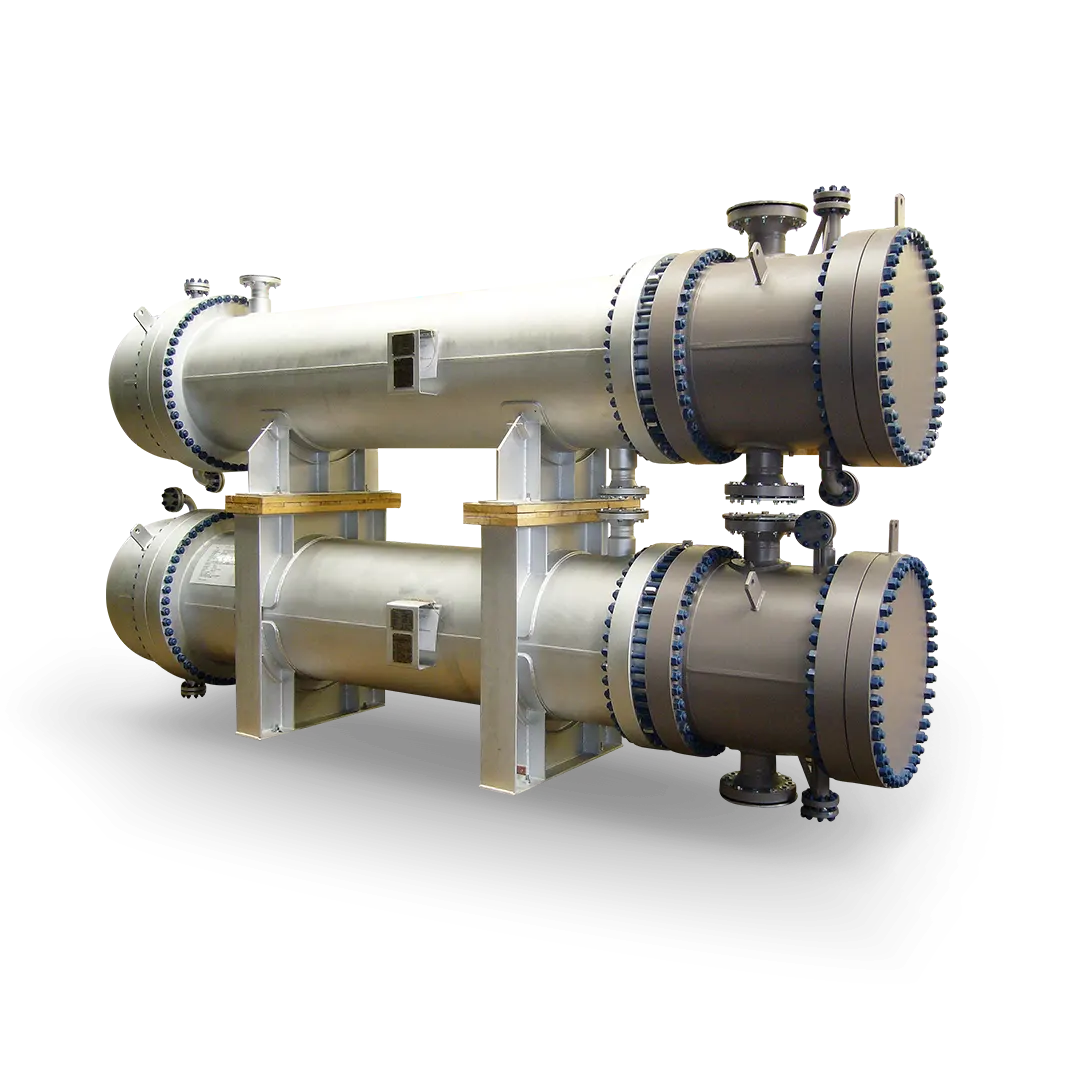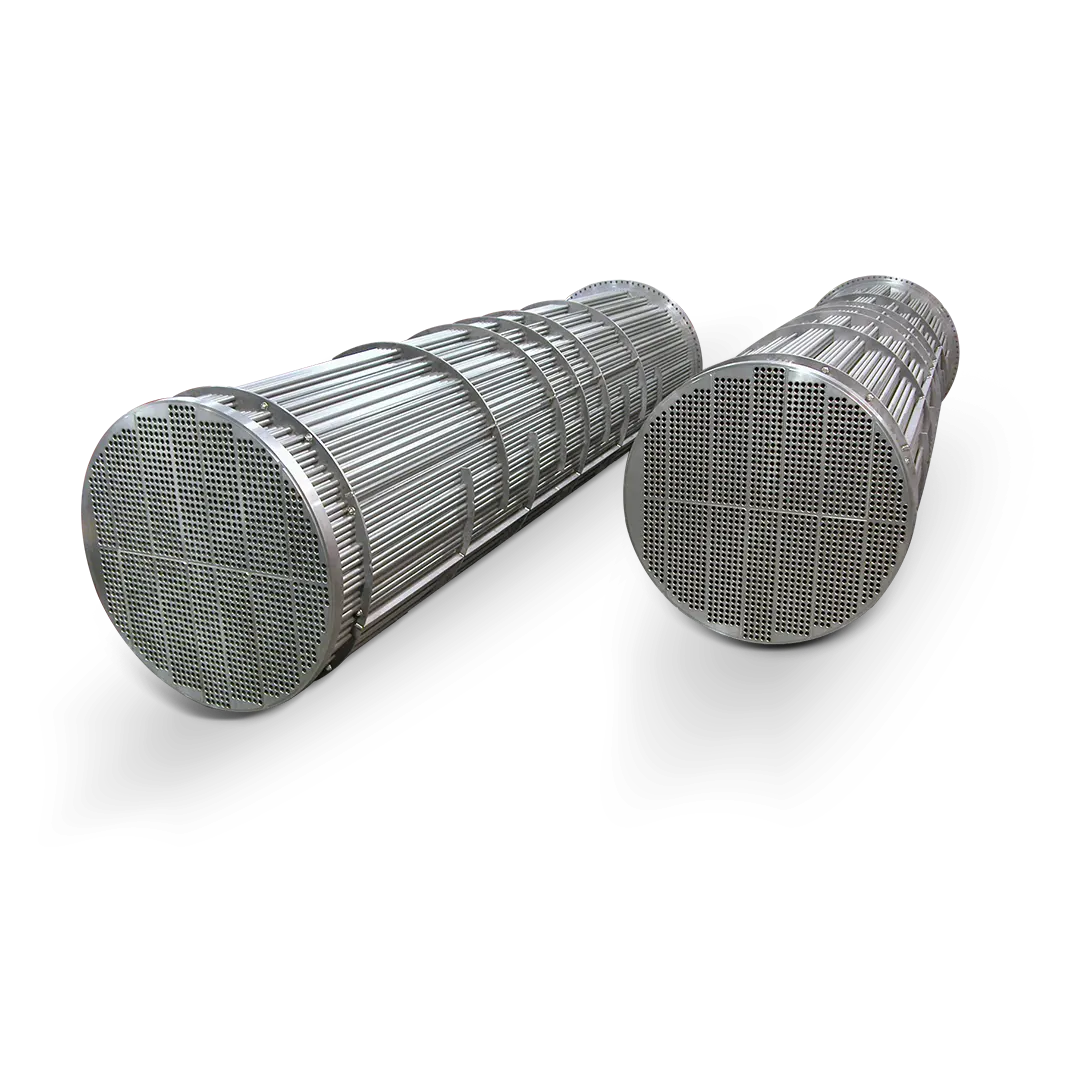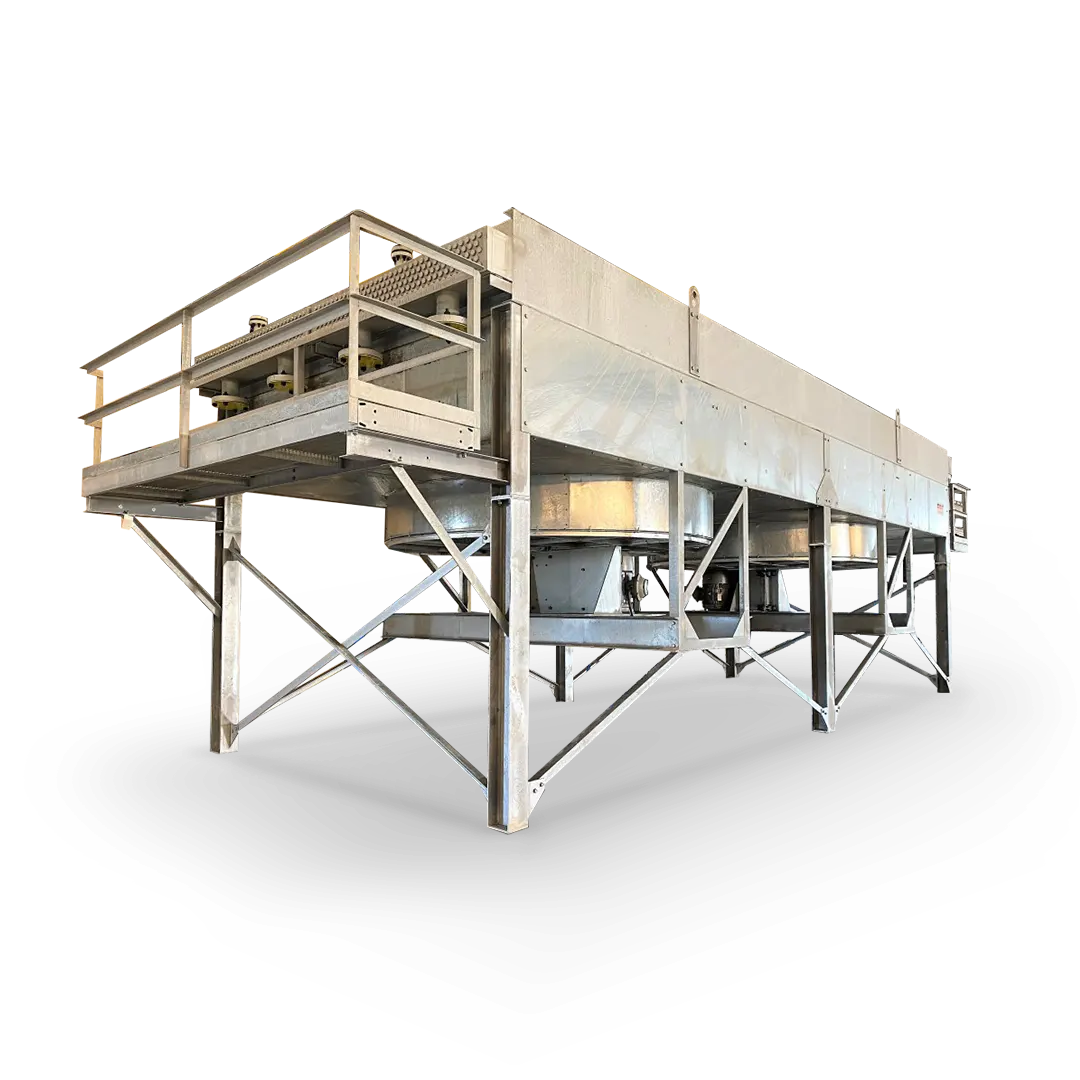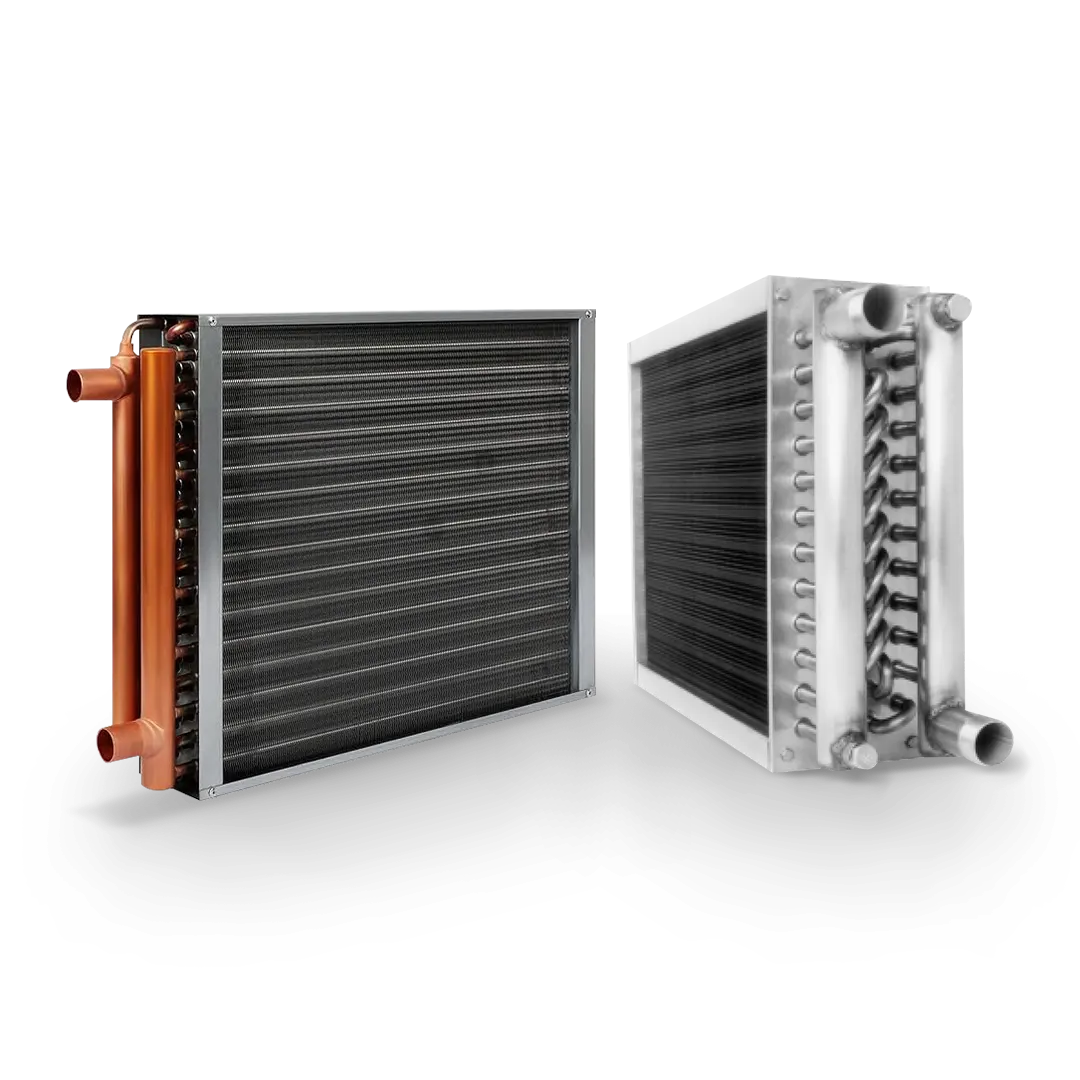| Design Code | ASME, TEMA, API, IS 6088 |
| Type | Fixed Tube Sheet, Floating Head, U Tube, Kettle Boilers, Double Pipe |
| Capacity Range | As Per Client Requirements |
| Shell Diameter | Up to 3000 mm |
| Tube Length | Up to 15000 mm |
| Material | Carbon steel in various grades, Copper & its Alloys (Admiralty Brass, Naval Brass, Cupro-nickel, Al-Brass, Gun Metal etc), SS in grades (AISI 304, 316, 316L, Duplex & Super duplex), Titanium, Hast Alloy and Nickel alloys etc |
Shell and Tube Heat Exchanger
Shell and Tube Heat Exchanger
A Shell and Tube Heat Exchanger is a highly efficient heat transfer device designed to facilitate thermal exchange between two fluids while keeping them physically separated. This type of heat exchanger is widely used across industries due to its versatility, durability, and high thermal efficiency.












